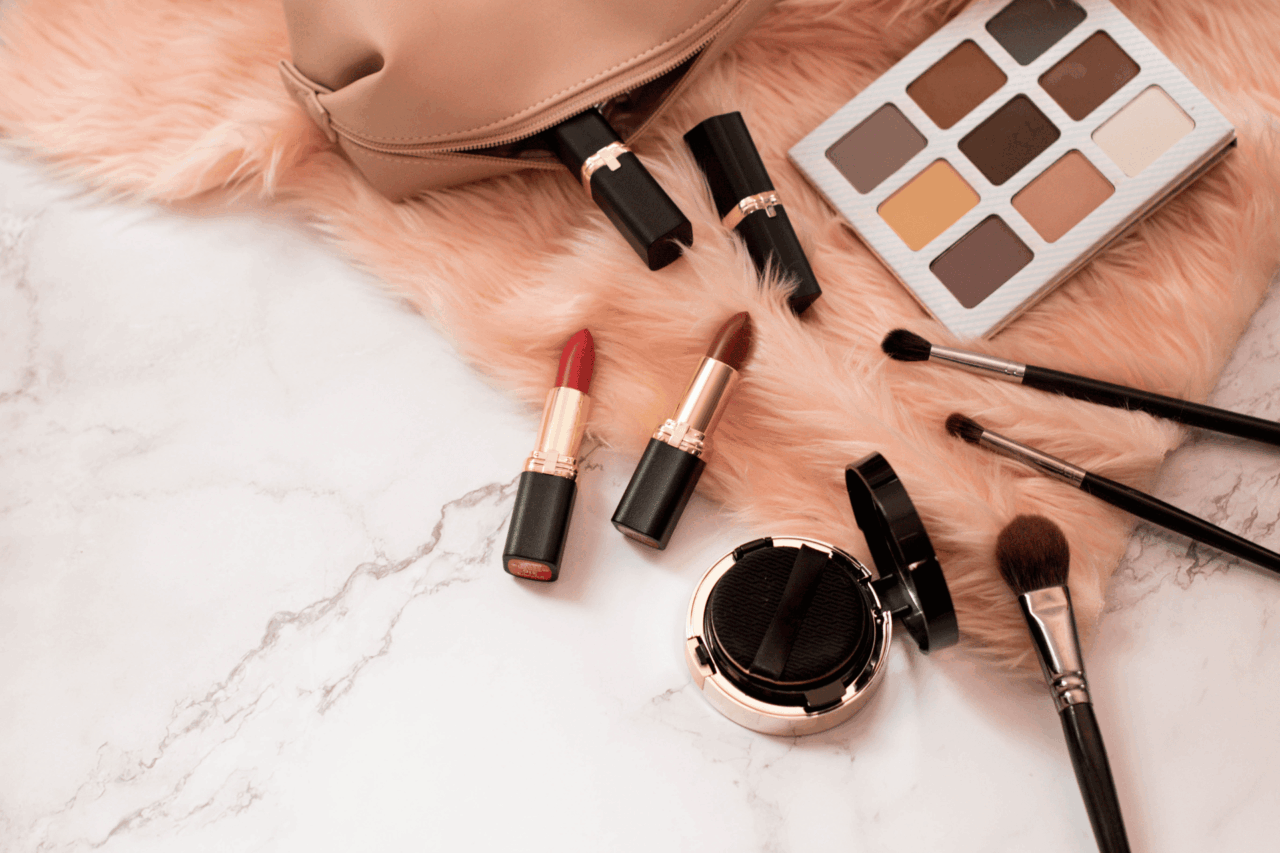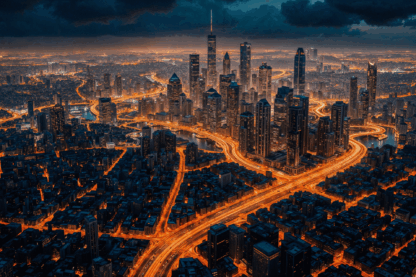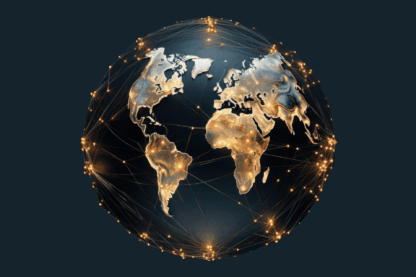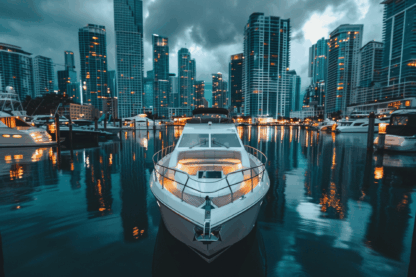Once a driving force within luxury, beauty is entering a more intricate chapter. “The State of Fashion: Beauty, Volume 2”, published in June 2025 by The Business of Fashion and McKinsey & Company, reveals how the sector remains resilient yet faces new pressures. Still forecast to grow 5 percent annually through 2030, beauty is navigating economic uncertainty, shifting demographics, and sharper consumer expectations around value.
Cooling Growth, New Frontiers
At $441 billion in 2024, beauty is expanding at a steadier pace than the immediate post-pandemic years. Category dynamics are diverging:
- Fragrance is poised for an 8 percent CAGR through 2030, lifted by younger consumers and niche high-end scents.
- Haircare will grow at a 6 percent CAGR, driven by advanced routines and targeted treatments.
- Skincare remains solid but increasingly price-sensitive.
- Colour cosmetics show potential, though at slower rates after past surges.
Meanwhile, beauty’s borders are widening to encompass supplements, spa services, and aesthetic treatments, aligning more closely with wellness.
Fragmented Consumers, Shifting Power
Consumer preferences are more diverse than ever. In the US, wealth gaps pressure the middle tier while the affluent continue to spend. Europe remains highly price-sensitive, with downtrading common. China is rebounding slowly, with younger shoppers favouring domestic brands. India and Brazil are vibrant growth markets, while the Middle East shows a sustained appetite for premium beauty.
For global brands, success depends on strategies that balance affordability, exclusivity, and cultural nuance.
Distinctive Storytelling & Value
Value has become the central lens. 63 percent of consumers say mass products perform as well as luxury equivalents. Affordable disruptors, amplified by social media and fast innovation, have shifted expectations. Luxury players must prove their worth through efficacy, sensorial richness, and distinctive storytelling, while exploring entry-level products and new experiences to broaden reach.
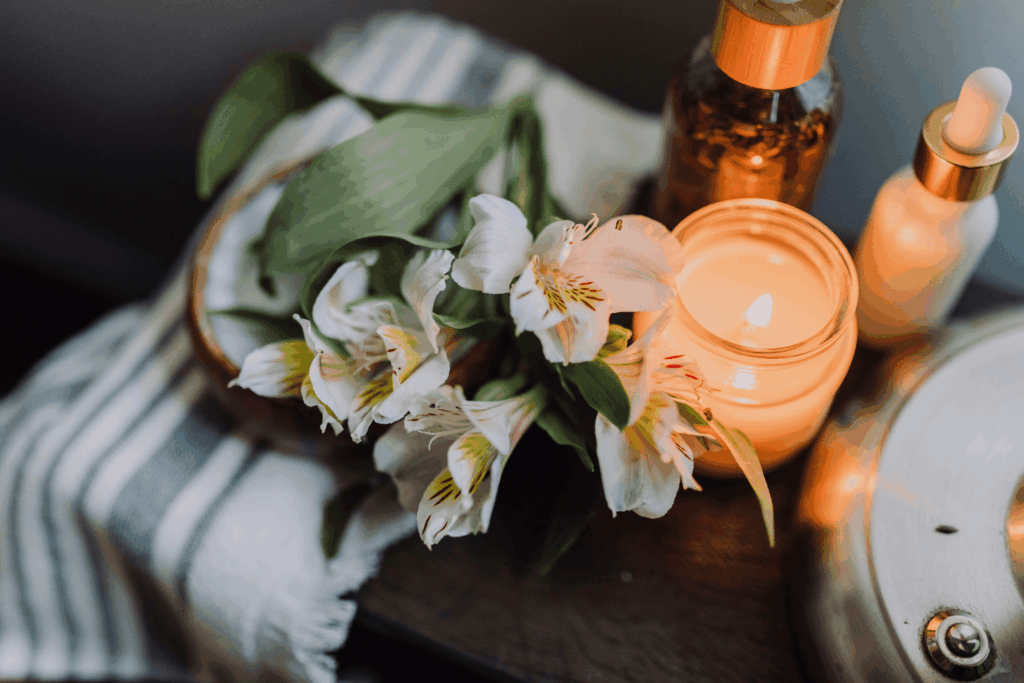
Marketing & Retail in Transition
The founder era is waning, with performance and identity taking precedence over personalities. Influencers hold less sway, making originality in brand marketing critical. AI promises innovation in R&D and personalisation, but authenticity remains essential to maintain trust.
Retail continues to evolve: physical stores drive discovery. E-commerce and marketplaces have emerged as a preferred choice for shopping and restocking, driven by frequent discounts and the ease of ultra-fast delivery.
Conclusion
The report signals a shift. Beauty remains one of luxury’s strongest engines, but heritage and pricing power alone are no longer enough. The future belongs to brands that deliver proven efficacy, cultural fluency, and originality in a market where growth is more selective, but still full of promise.
WLCC Perspective: Beauty’s future will favour brands that prove their worth through innovation and authenticity. In luxury, trust and cultural resonance will matter more than heritage alone.
To view the full report, visit: https://www.businessoffashion.com/series/the-state-of-fashion/
Stay up to date on the latest luxury industry news: https://worldluxurychamber.com/insights-news/


